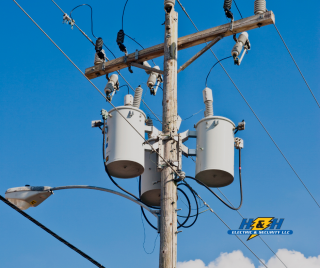Transformers: Not Just Robots in Disguise, but Powerful Partners in Electricity
When we hear the word "transformers," many of us might think of the iconic characters from the popular franchise. However, in the world of electricity and power distribution, transformers are not fictional robots but crucial devices that play a massive role in our everyday lives. These silent partners are the heroes behind electricity transmission, ensuring we can access the energy that powers our modern world. We will explore transformers' real-world importance and their essential role they play in electricity.
The Basics of Transformers
Transformers are electrical devices that work on the principle of electromagnetic induction. They consist of two or more coils of wire, called windings, around a magnet's core. The primary winding receives the electrical energy, while the secondary winding delivers it at a different voltage level; by changing the voltage and current levels, transformers smooth the efficient transmission and distribution of electricity across long distances.
Efficient Power Transmission
Efficient power transmission relies on transformers to boost energy delivery. Power plants generate electricity at high voltages, minimizing energy loss during long-distance transmission. Transformers step up this voltage for efficient power line transportation. At the destination, another set of transformers step down the voltage to a safe and usage level for the public.
Steady Power Supply
Transformers play an essential role in maintaining a steady power supply. They help control voltage movement and balance the load across the electricity grid. This ensures that electrical machines receive a steady and reliable power supply, reducing the risk of damage due to sudden rises or drops in voltage.
Different Types of Transformers
Transformer Safety and Maintenance
Ensuring the safety and proper maintenance of transformers is very important. Regular inspections, oil testing, and preventative maintenance help extend the lifespan of transformers, reducing the risk of downtime and costly repairs.
While the fictional "Transformers" may attract our imaginations, the real transformers are the heroes powering our world with electricity. Their ability to step up and down voltage levels allows the transmission and distribution of electricity to homes, businesses, and industries. As technology advances, so will the power of these partners, making our electricity grid smarter, more efficient, and environmentally friendly. So, next time you flip a switch or plug in an electronic device, take a moment to appreciate the significant role played by these real-life transformers.
Contact H&H's industry experts if you have any residential concerns!

